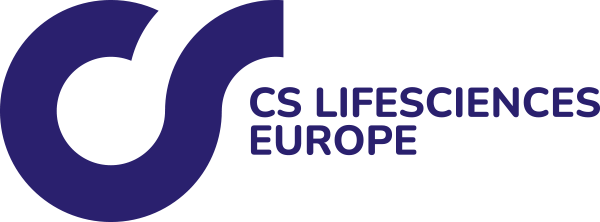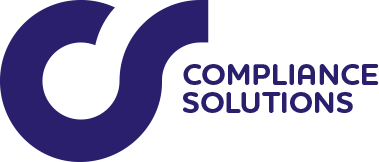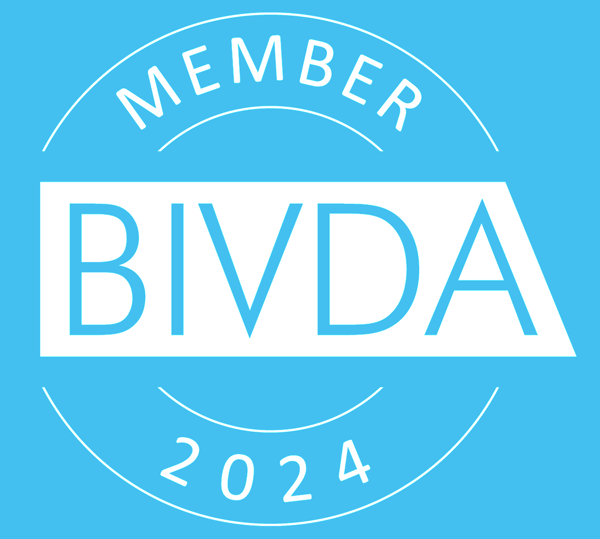Get answers to some of our most frequently asked questions below.
For further information, get in touch direct with us here.
The situation is complicated but we understand that Medical Device manufacturers want to be able to continue to sell their products into both the UK and the EU, no matter where they are based.
That is why we have offices in the UK and Dublin that can help with the regulations to import goods into the UK, or export them into Europe.
We can act as both UK and EU authorised representative for your organisation.
All the changes are not yet known but you will need a UK Responsible Person (UKRP) if you want to sell your product in the UK and are not based there.
Please see our EU/UKRP page for further details.
The European Medical Device Regulation (MDR) is a new set of regulations that governs the production and distribution of medical devices in Europe, and compliance with the regulation is mandatory for medical device companies that want to sell their products in the European marketplace.
Although the MDR deadline has been delayed until May 2021 it is essential that you start planning for this change as the new MDR is a brand-new set of regulations with lots of changes.
The majority of in vitro diagnostic devices will now require some form of notified body involvement to remain on the market in Europe.
Compliance Solutions can help you navigate the new rules, determine your device classification and prepare your regulatory submission.
If you want to sell your Medical Device in the US, then you will need to register the product with the FDA.
Depending on your class of Medical Device (I,II or III), this will dictate the amount of information you need to supply, the length of time it will take to get approval and the cost for this process.
Once registered, your registration will need to be renewed on an annual basis.
Compliance Solutions can guide you through this process.
The ISO13485 quality management system is specific to Medical Device manufacture and is more stringent than ISO9001.
Although a lot of the elements will be similar and ISO9001 is a good base, the ISO13485 system goes into more depth.
ISO13845 documentation requirements are much more thorough than that of ISO 9001. Companies certifying medical devices must include a risk- assessment system in product realisation.
The key differences are in 5 main areas are:
- Product specifics
- Regulatory requirements
- Documentation requirements
- Customer satisfaction
- Continual improvement
The ISO 13845 is subject to much more rigorous standards due to the application of the products. Medical devices have their own unique terminology within the industry.
Compliance Solutions can help you find the right notified body that will have the experience and time to deal with your product.
Notified bodies exist in almost all countries and operate across borders, so it is essential that you use one that understands your company size, your products and the markets that you operate in.









